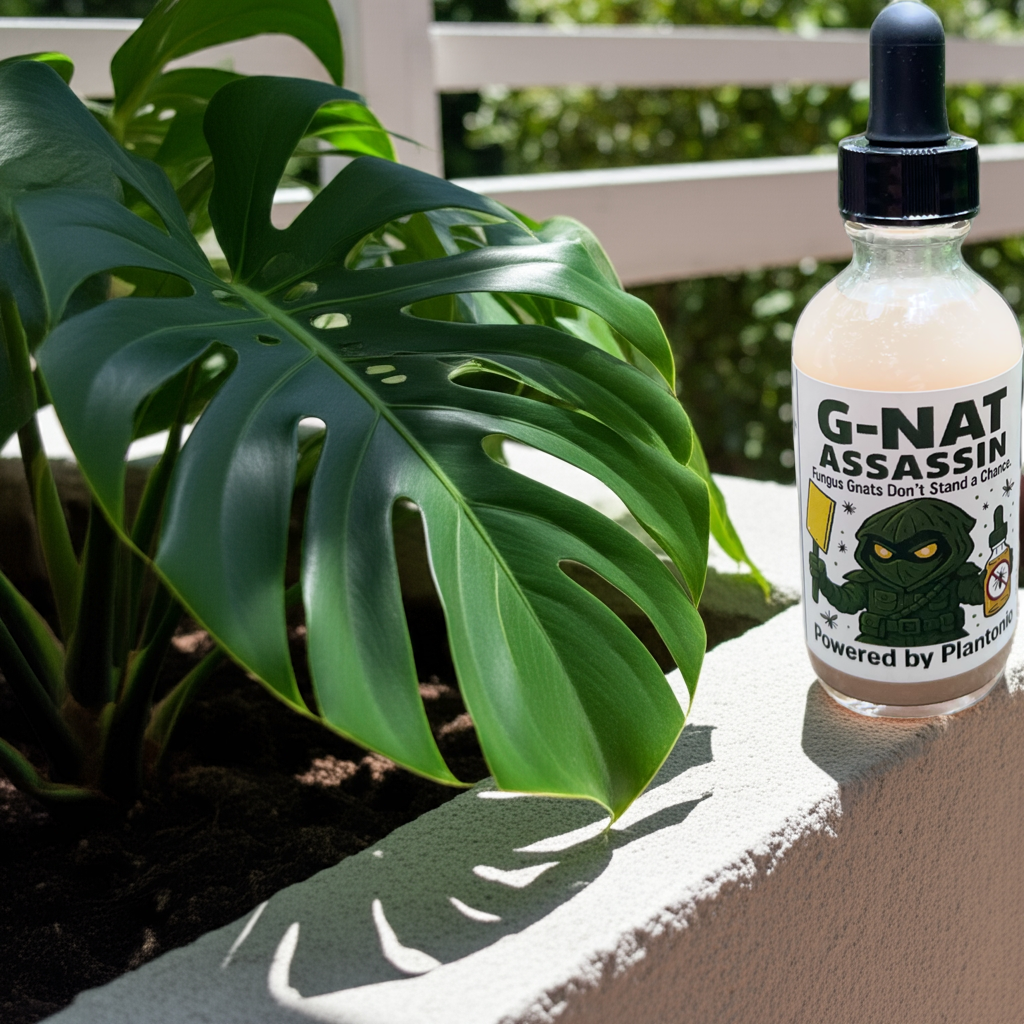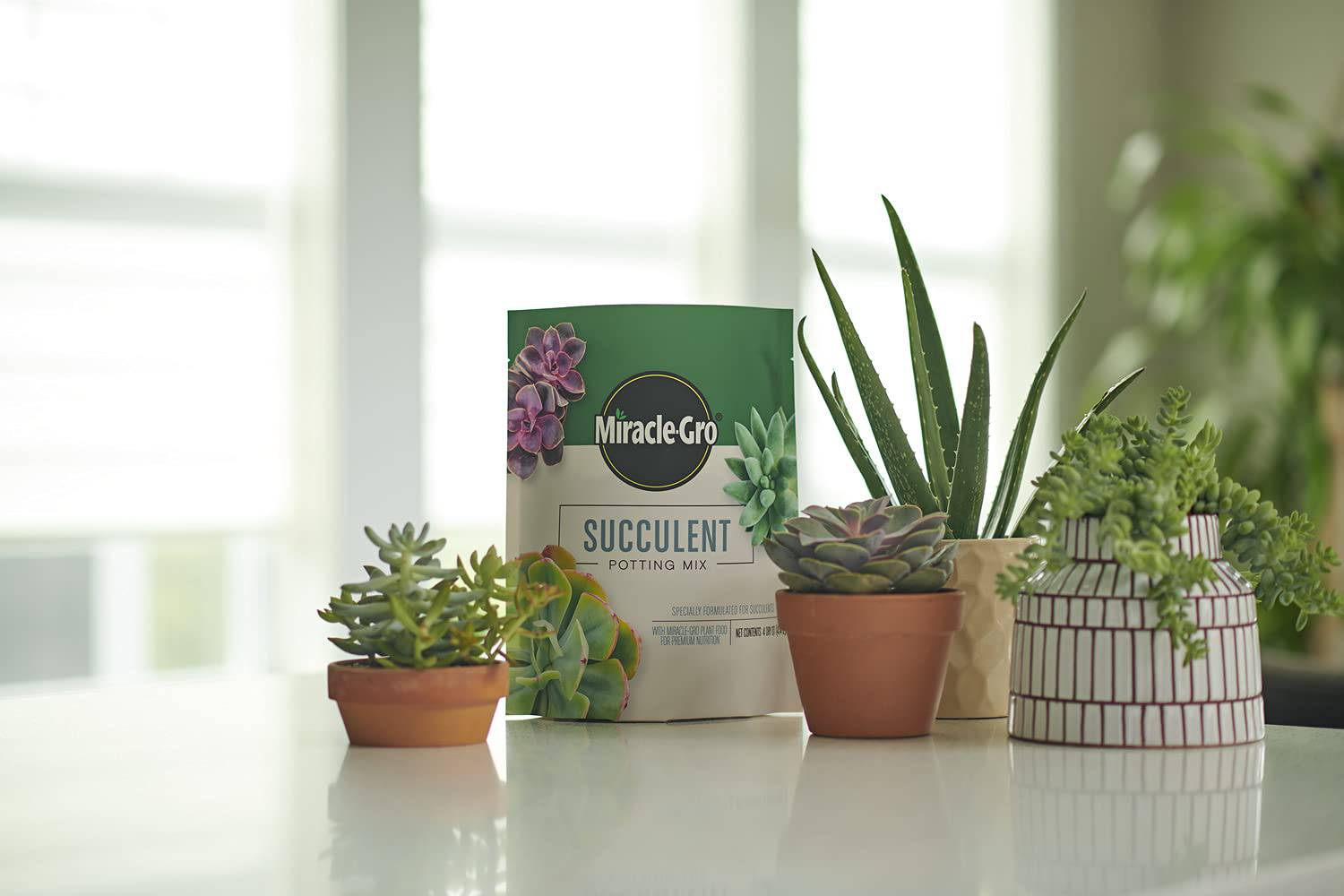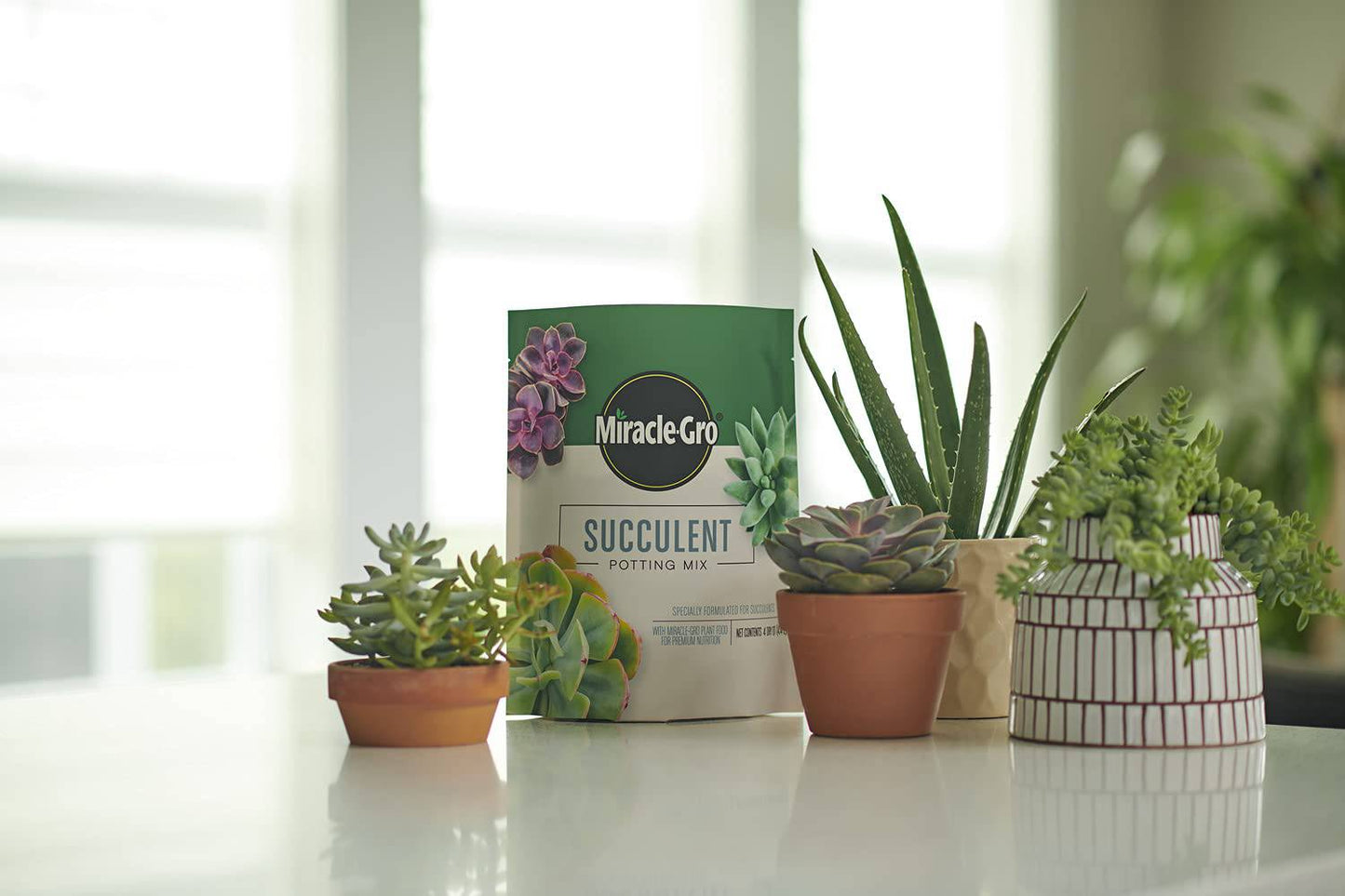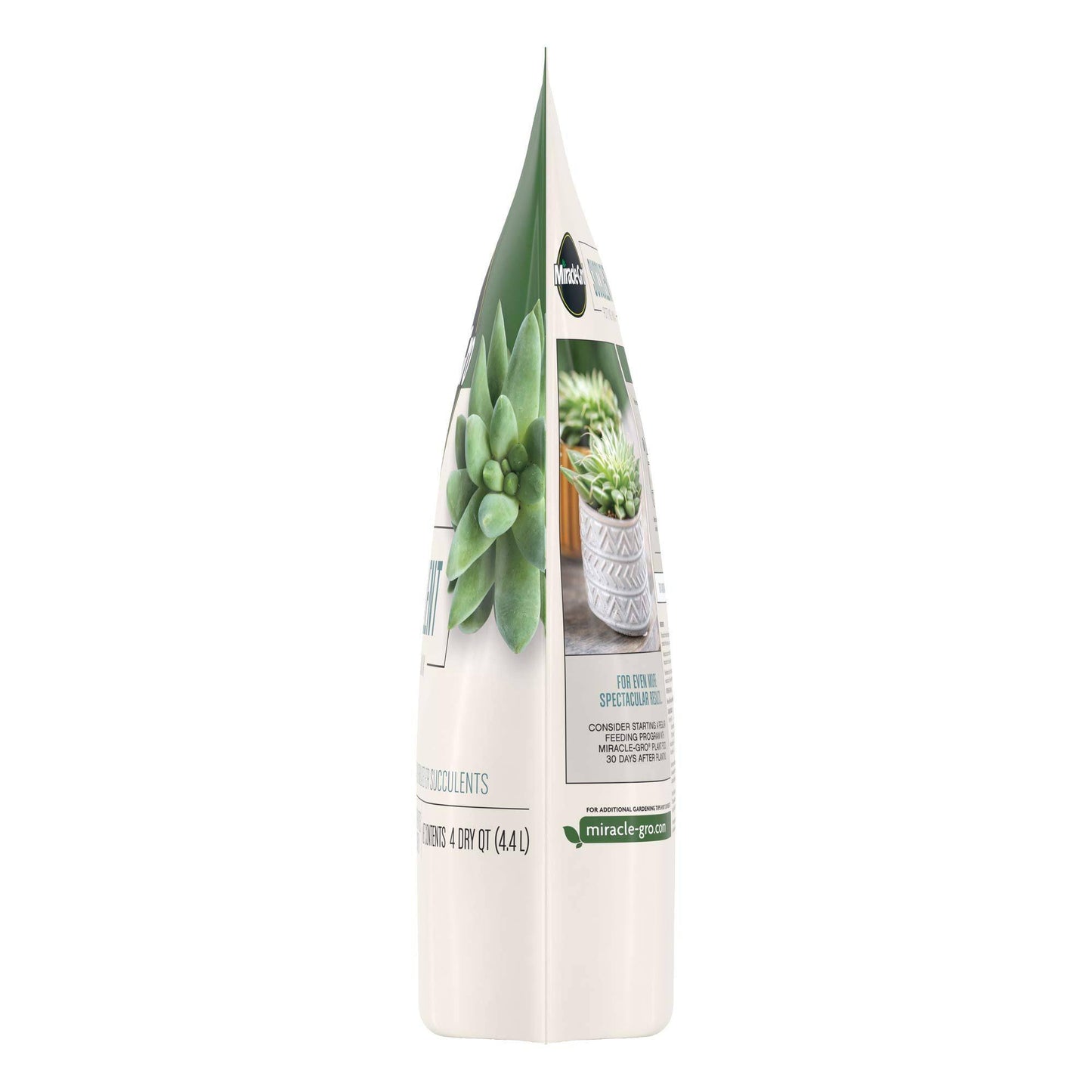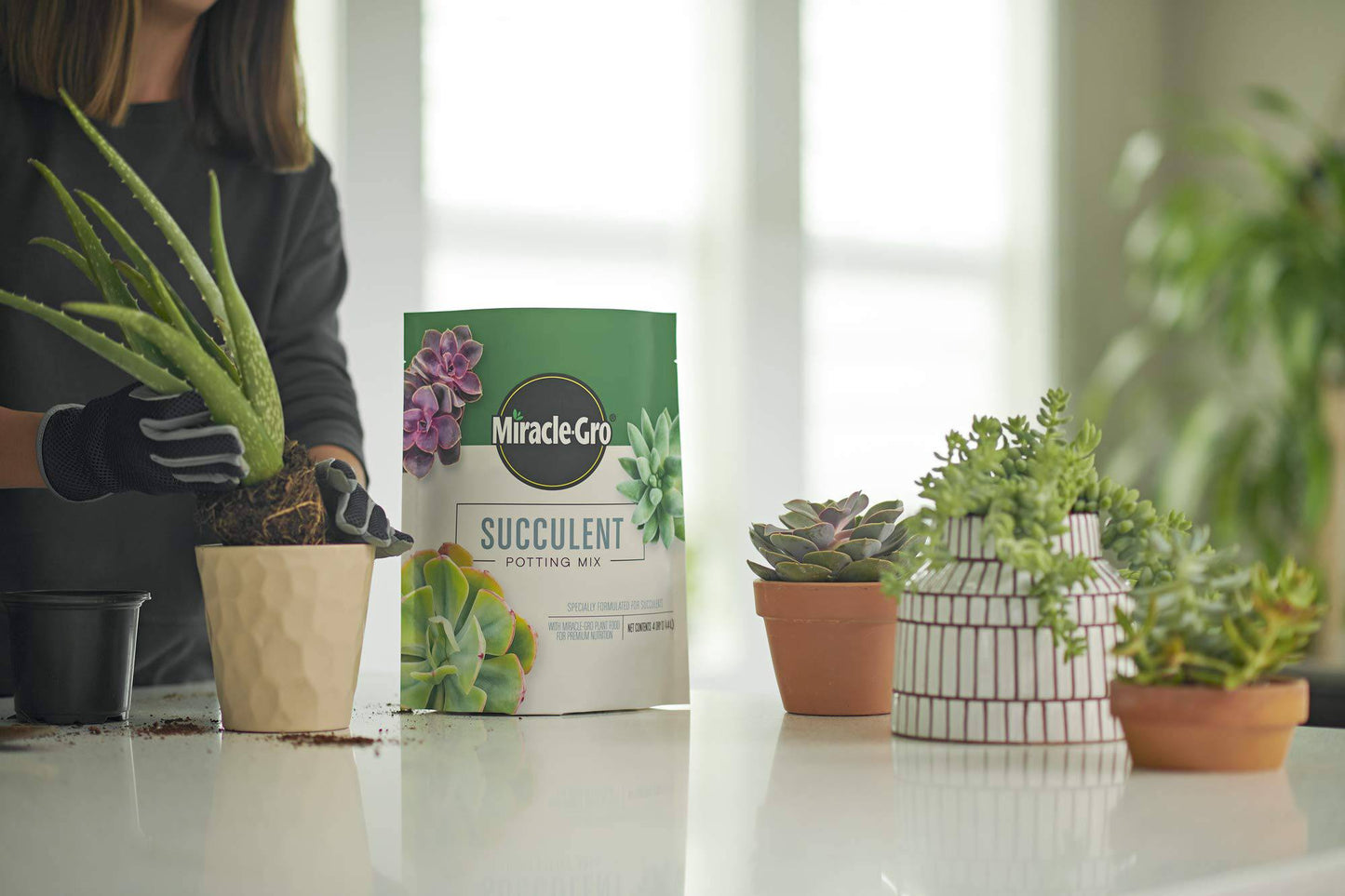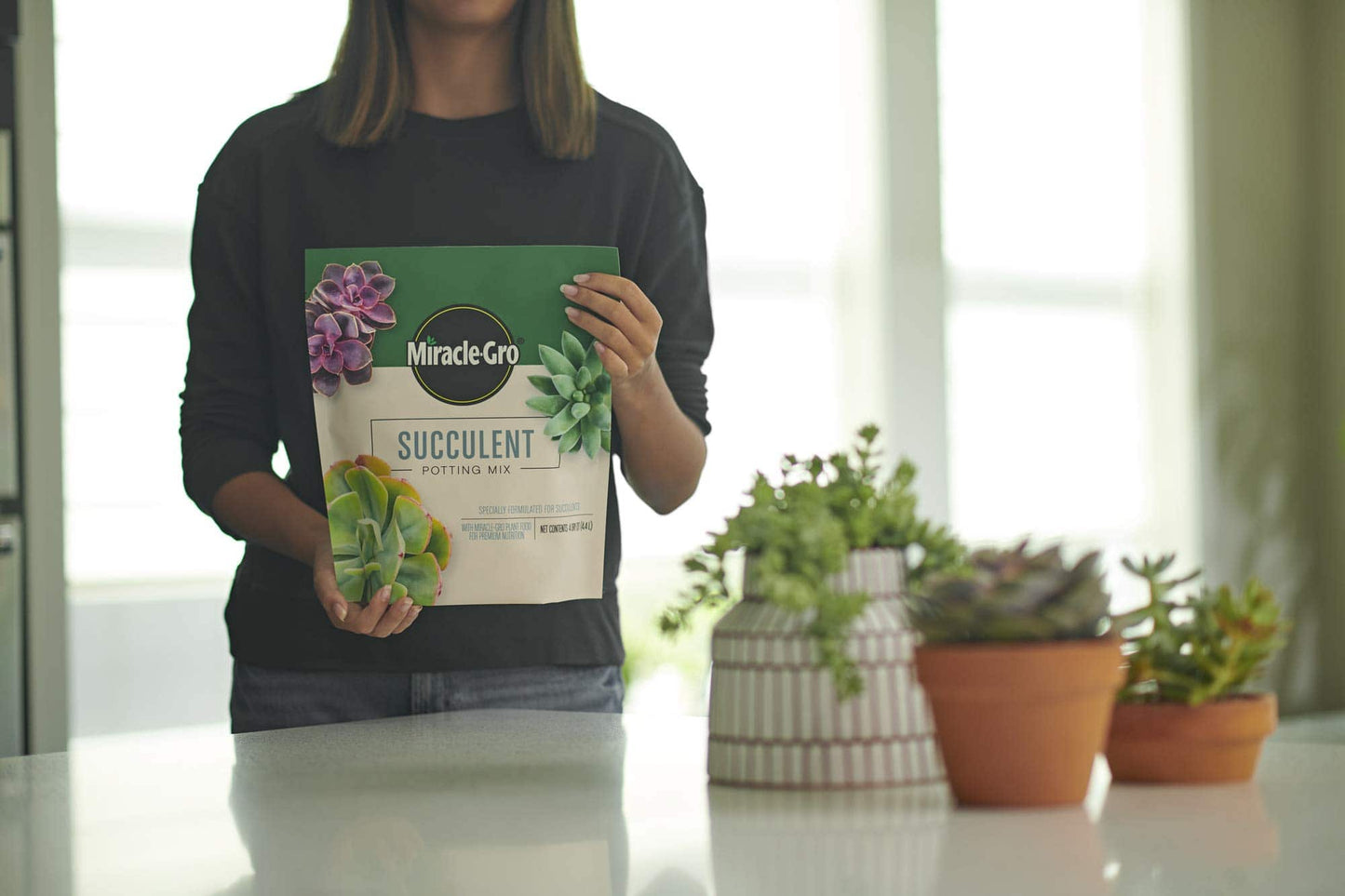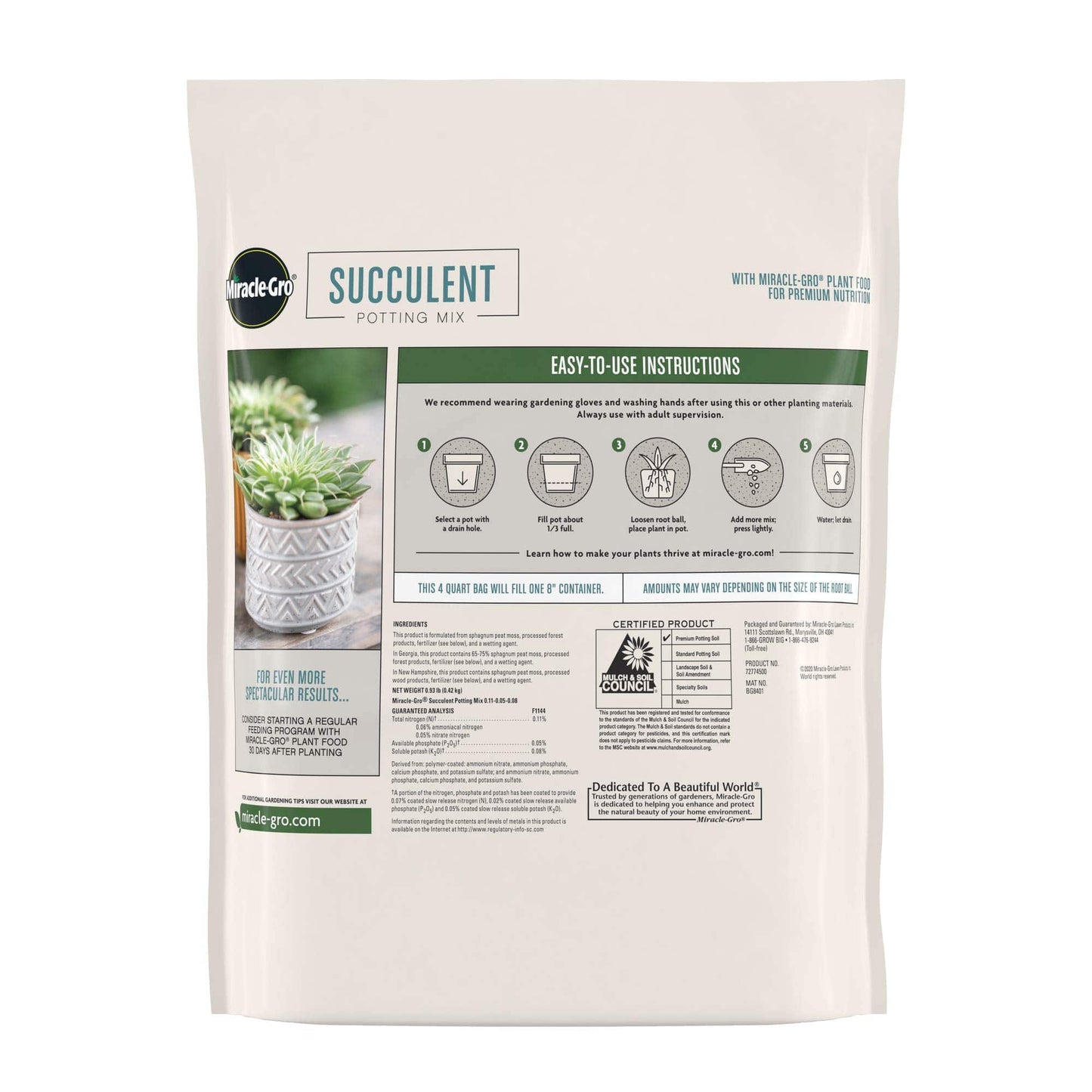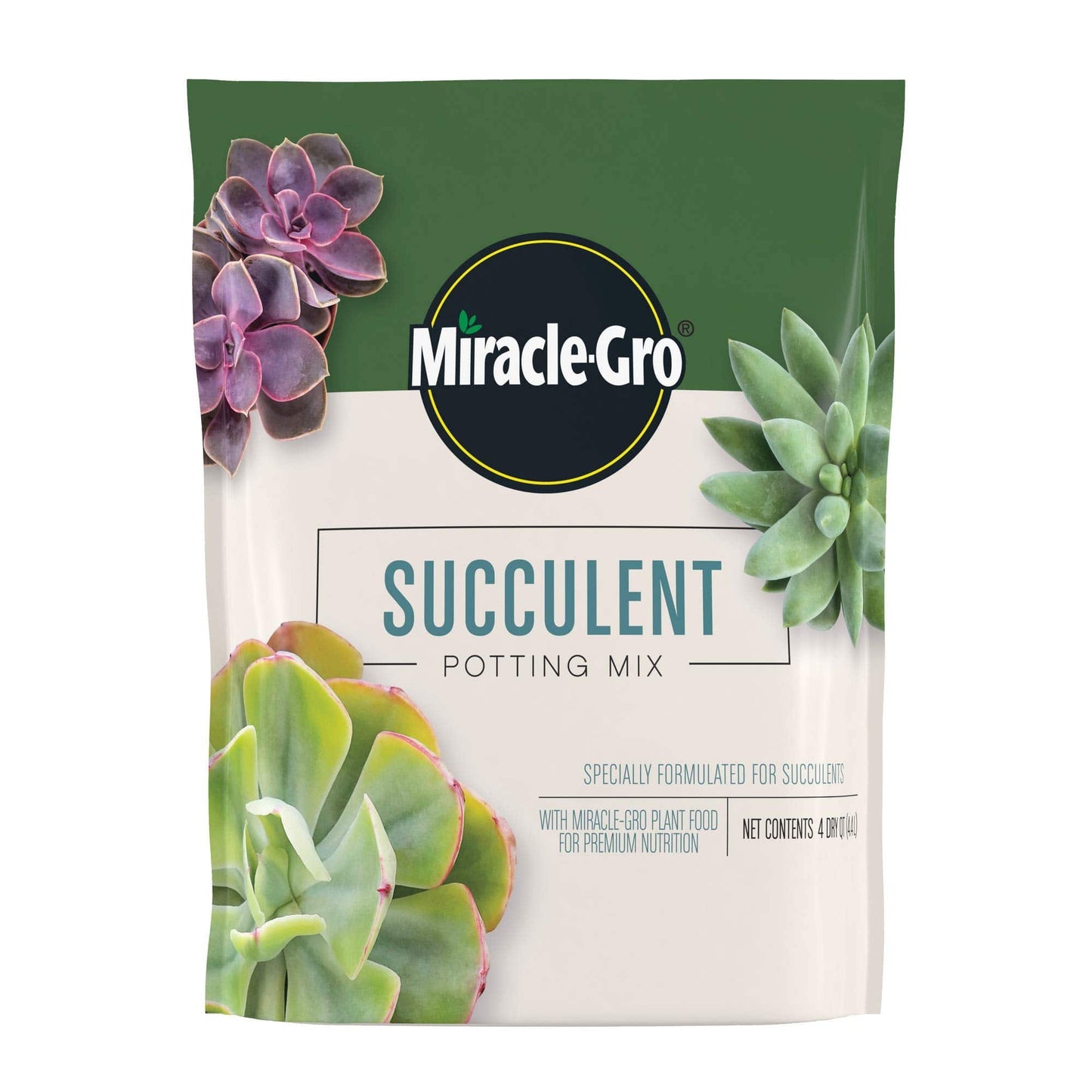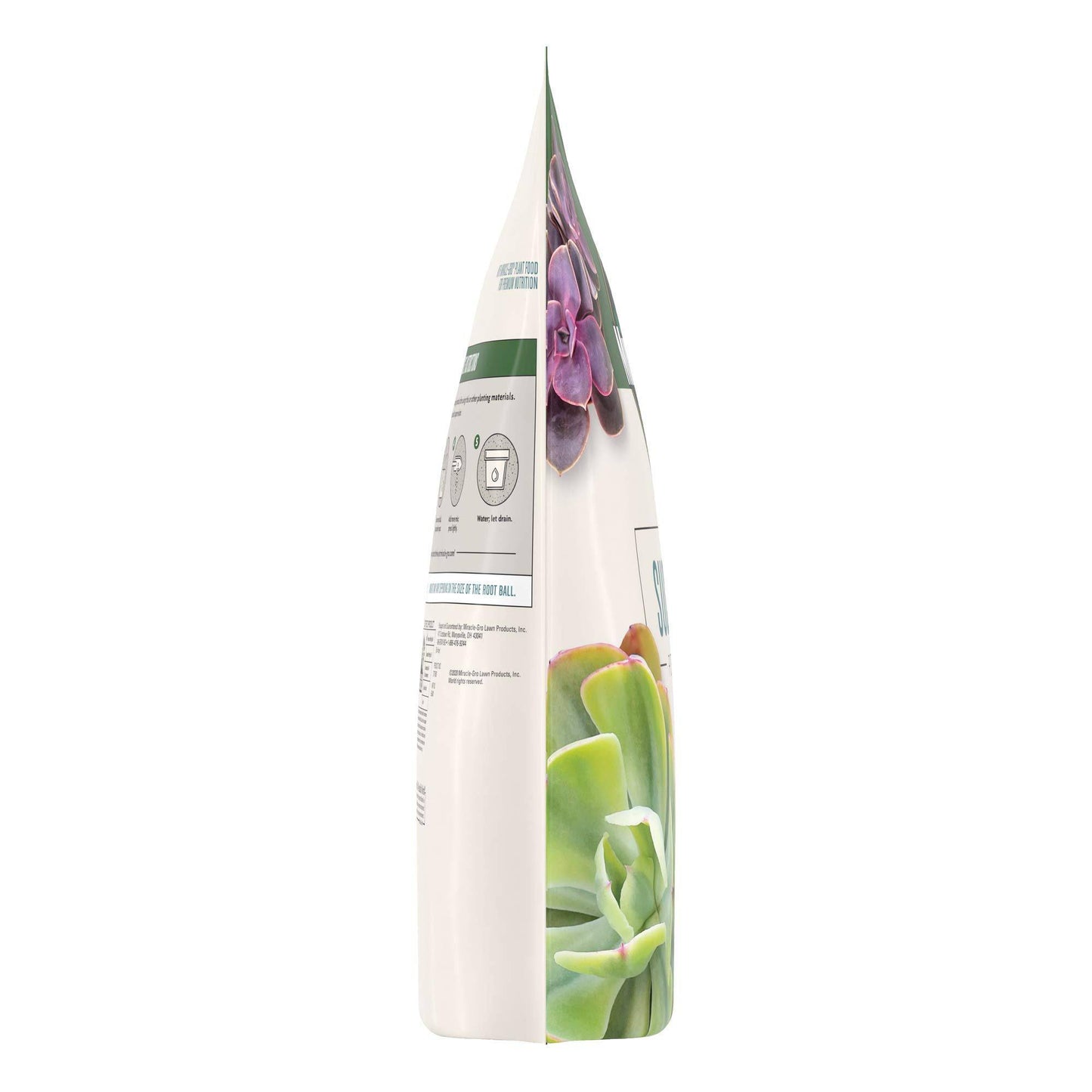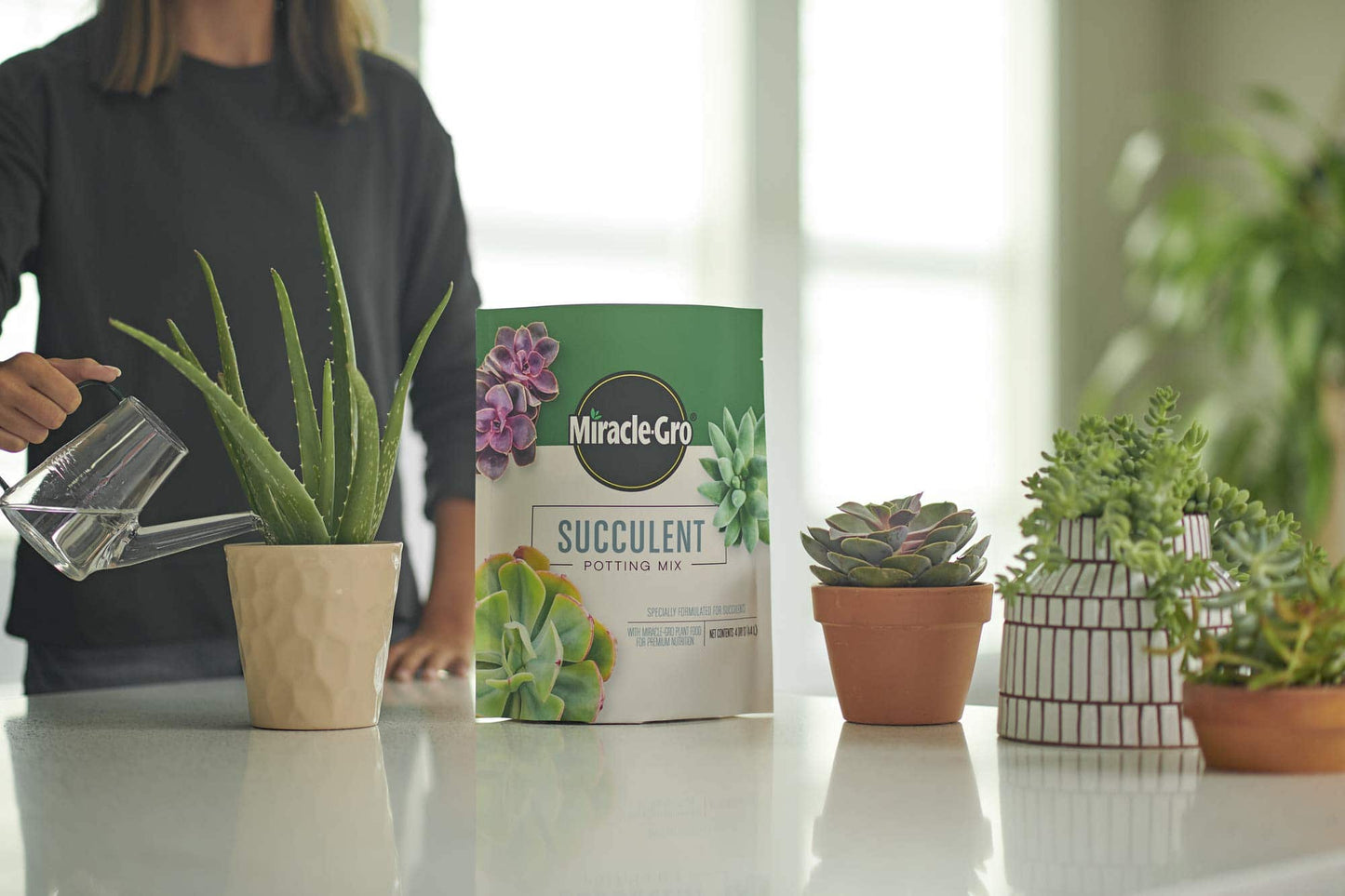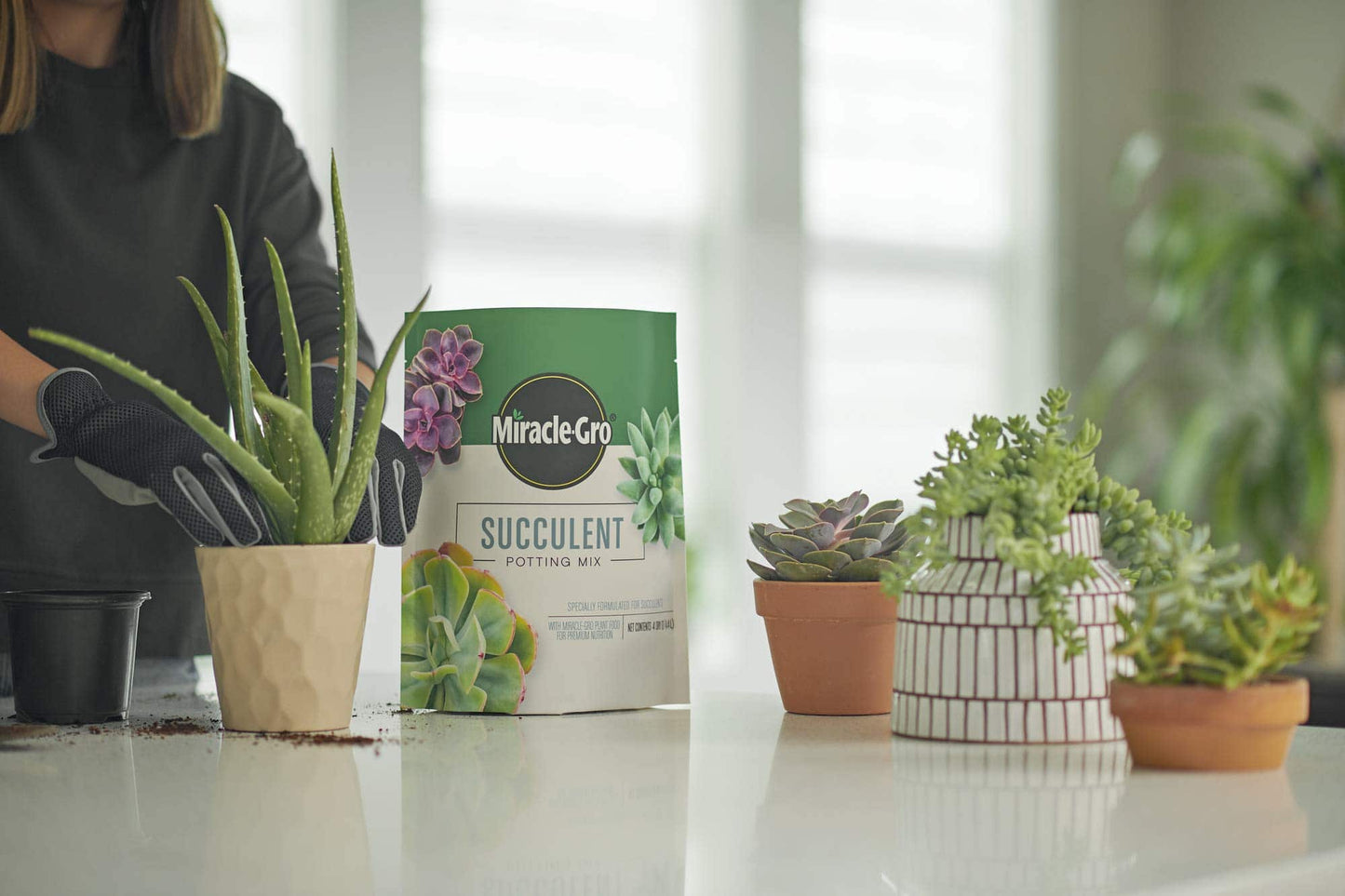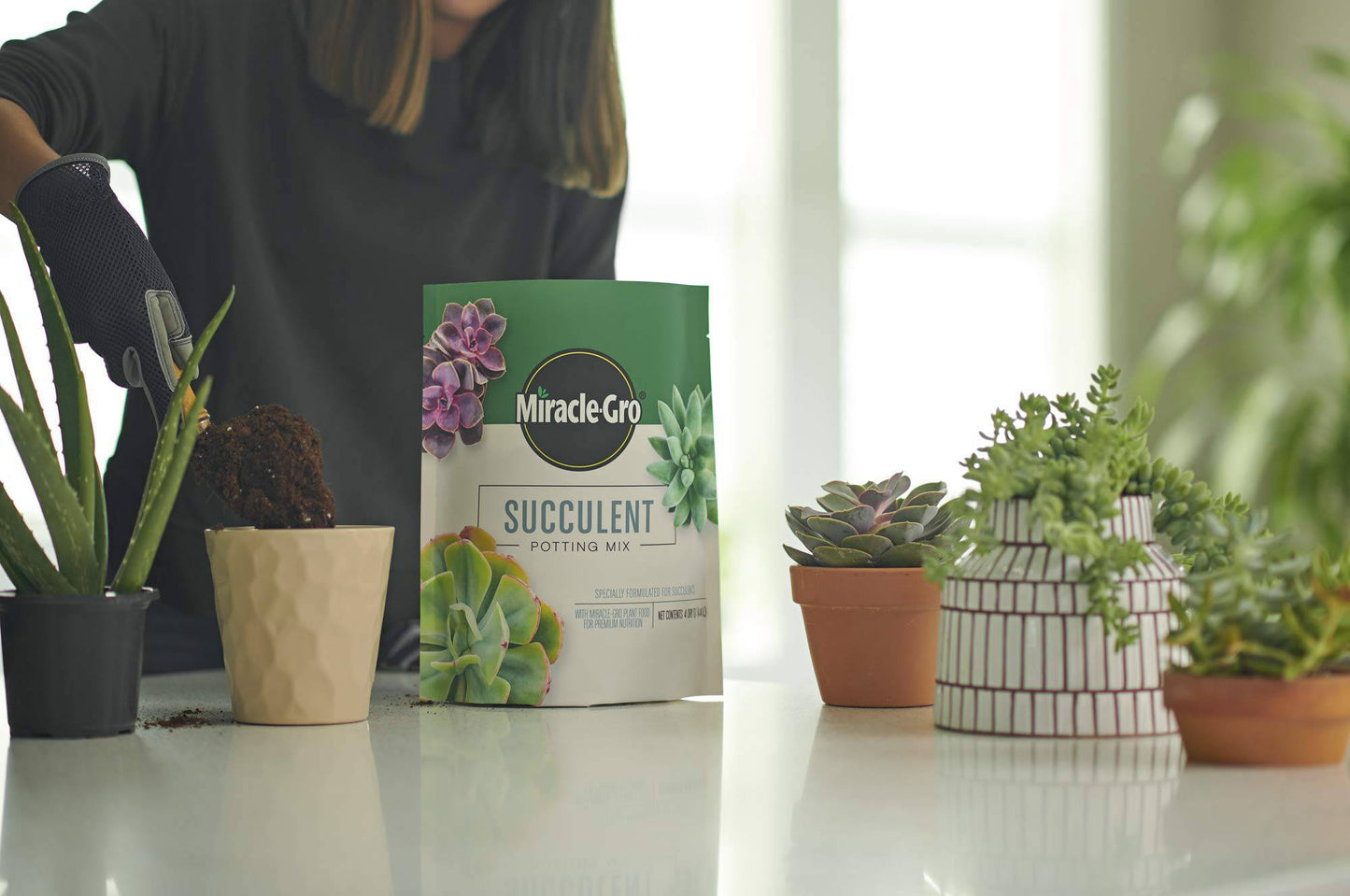Natural pest control for indoor plants is not just about keeping your green companions healthy; it's a harmonious way to maintain a thriving indoor garden ecosystem. Imagine a space where pests are kept at bay through the power of nature's solutions. In this comprehensive guide, we delve into effective strategies, natural remedies, and preventative measures to protect your indoor plants from unwanted intruders. Join us on a journey to discover the beauty of natural pest control and cultivate a pest-free indoor oasis.
Identifying Common Indoor Plant Pests
Recognizing signs of pest infestationHouseplants are vulnerable to various pests that can quietly infiltrate your indoor garden. Look out for:
Yellowing or discolored leaves
Sticky residue on leaves
Visible insects on the plant or soil
Common pests affecting indoor plantsSeveral common pests can plague indoor plants, such as:
Aphids
Spider mites
Mealybugs
Fungus gnats
Understanding the damage caused by pestsPests can damage plants in different ways, including:
Feeding on plant sap
Causing leaf discoloration
Spreading diseases to plants
By understanding these signs and common pests, you can take timely action to protect your indoor plants from infestations.
Effective Prevention Methods
Importance of regular plant inspectionRegularly inspecting your indoor plants is crucial in early pest detection. Look for:
Abnormal leaf spots or holes
Webbing or silk threads
Any signs of pests or eggs on leaves or stems
Implementing proper plant care practicesMaintaining plant health through proper care can prevent pest infestations. Ensure:
Proper watering schedules based on plant needs
Sufficient sunlight exposure for optimal growth
Adequate air circulation to discourage pests
Using natural repellents to deter pestsNatural repellents like neem oil, garlic spray, or cinnamon can repel pests effectively without harming plants. Consider using these non-toxic solutions to keep pests at bay. Check out this guide for more information on natural pest control products.
Natural Pest Control Solutions
Neem oil spray for pest managementNeem oil is a natural insecticide that effectively controls a wide range of indoor plant pests. To use neem oil:
Dilute it with water according to instructions
Spray it on both sides of plant leaves
Reapply every 7-14 days for best results
DIY insecticidal soap recipesHomemade insecticidal soaps are gentle on plants while effectively combating pests. To create your own solution:
Mix liquid soap with water in a spray bottle
Add a few drops of essential oils like peppermint or lavender for added pest-repelling properties
Spray the solution on affected plants, focusing on pests and undersides of leaves
Utilizing beneficial insects for pest controlIntroducing beneficial insects like ladybugs or lacewings can help naturally control pest populations in your indoor garden. These insects prey on common pests like aphids and spider mites, providing a sustainable pest control solution. Explore more about beneficial insects at biggardens.com.
Companion Planting for Pest Resistance
Pairing plants to repel pests naturallyStrategic companion planting involves pairing plants that benefit each other in pest control. Consider:
Marigolds to deter nematodes and whiteflies
Basil to repel aphids and spider mites
Lavender to discourage moths and fleas
Creating a pest-resistant indoor plant ecosystemBuilding a diverse ecosystem of plants can promote natural pest resistance. Include:
Plants with strong fragrances to mask pest attractants
Insect-repelling herbs like mint and rosemary
Beneficial plants that attract predators of common pests
Maximizing plant diversity for pest preventionA varied plant collection creates a balanced environment that pests find less appealing. Increase diversity by:
Incorporating a mix of flowering plants, herbs, and foliage
Rotating plants regularly to confuse pests
Researching plant compatibility for a harmonious indoor garden ecosystem
For more tips on companion planting and pest-resistant indoor gardening, explore resources at bigplantcare.com.
Addressing Specific Pest Issues
Tailoring control methods for different types of pestsEach indoor plant pest requires a specific approach for effective control. Consider:
Using yellow sticky traps for fungus gnats
Rinsing spider mites off plants with water
Pruning and isolating heavily infested areas
Catering solutions to common pests like aphids, spider mites, and whitefliesFor aphids:
Introduce predatory insects like ladybugs
Apply insecticidal soap spray as a natural remedy
For spider mites:
Increase humidity levels to deter mites
Use neem oil to suffocate and disrupt mite populations
For whiteflies:
Set up yellow sticky traps to catch adult whiteflies
Introduce parasitic wasps as biological control agents
Integrating holistic approaches for long-term pest managementCombining various natural pest control methods ensures sustainable pest management. Consider:
Rotating pest control solutions to prevent resistance
Encouraging biodiversity in your indoor garden
Regularly monitoring plant health to detect pest issues early
Dive deeper into specific pest control strategies and solutions at bigpestcontrol.com for a comprehensive guide on natural pest control for indoor plants.
Can I use natural pest control methods on all types of indoor plants?
Yes, most natural pest control methods are safe for a wide variety of indoor plants. However, it's essential to consider the specific needs of each plant species and adjust the control methods accordingly.
How often should I inspect my indoor plants for pest infestations?
Regularly inspect your indoor plants at least once a week for signs of pest infestation. Early detection can help prevent pests from spreading and causing extensive damage to your plants.
Are beneficial insects effective in controlling indoor plant pests?
Beneficial insects like ladybugs and lacewings can be highly effective in controlling common indoor plant pests such as aphids and spider mites. Introducing these natural predators can help maintain a healthy balance in your indoor garden.
Can companion planting really help in pest control for indoor plants?
Yes, companion planting can significantly aid in pest control for indoor plants. By strategically pairing plants that repel pests or attract beneficial insects, you can create a natural barrier against common pests.
How can I ensure the natural pest control methods are safe for my indoor plants?
To ensure the safety of your indoor plants when using natural pest control methods, always read and follow the instructions provided with the products. Conduct a patch test on a small area of the plant before applying the solution thoroughly.


